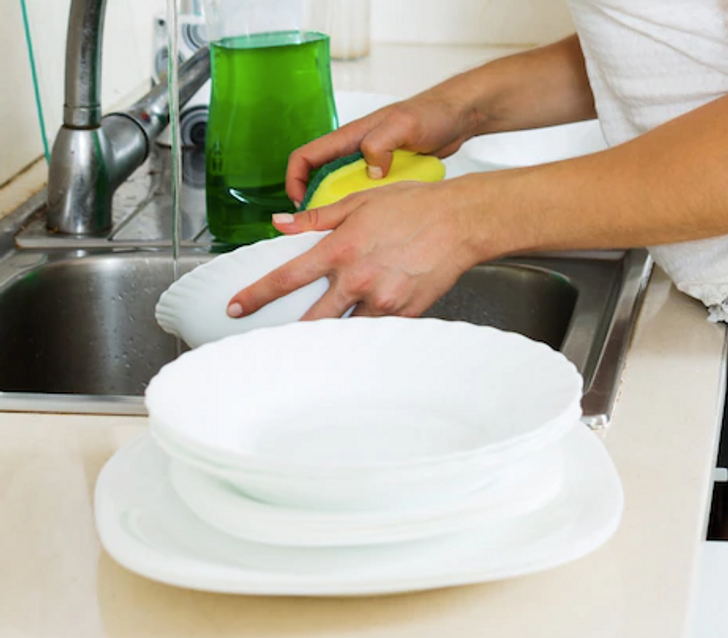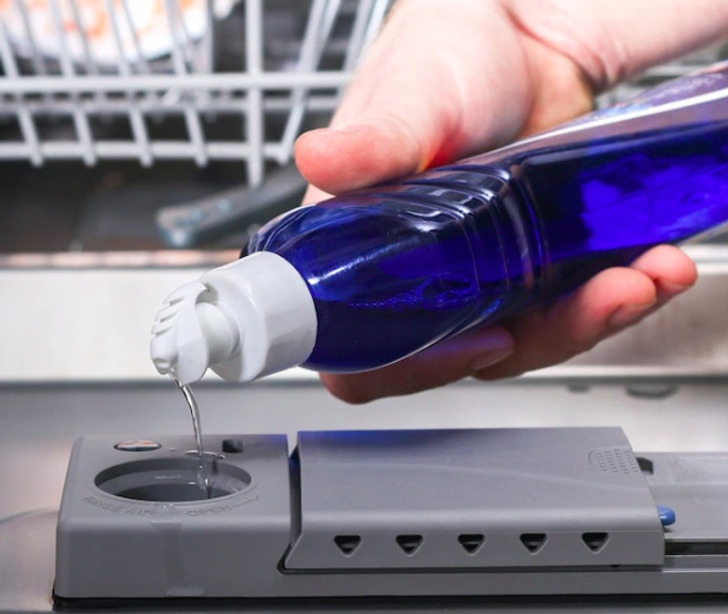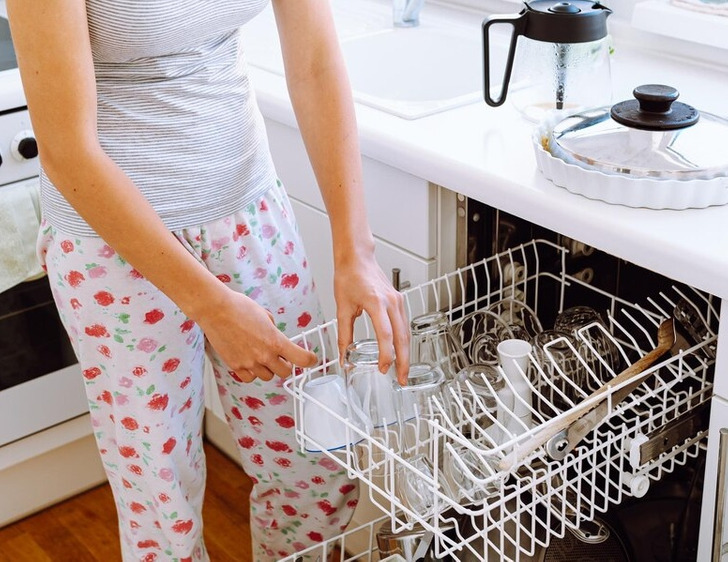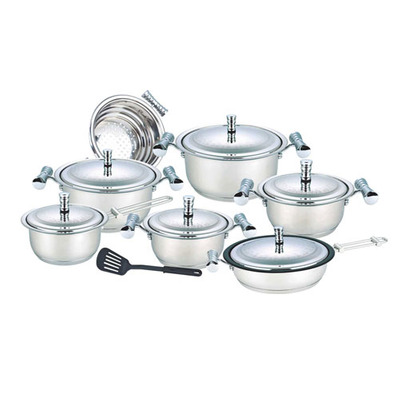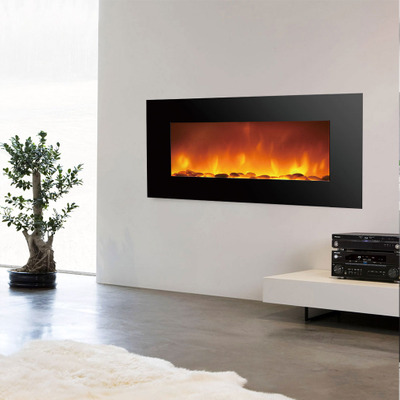16 Mistakes We Make That Reduce the Life Span of Home Appliances
Using home appliances correctly is not rocket science. Usually, we read the manual before using the device for the first time. But in general, we tend to use our home appliances without much thinking. And this can lead to their breakage or insufficient results.
At Bright Side, we want our home appliances to serve us for as long as possible. So, we decided to find out what mistakes we usually make when using them. And in the bonus section, you’ll find a life hack for how to reduce your electricity bills.
We don’t empty water from the iron after every use.
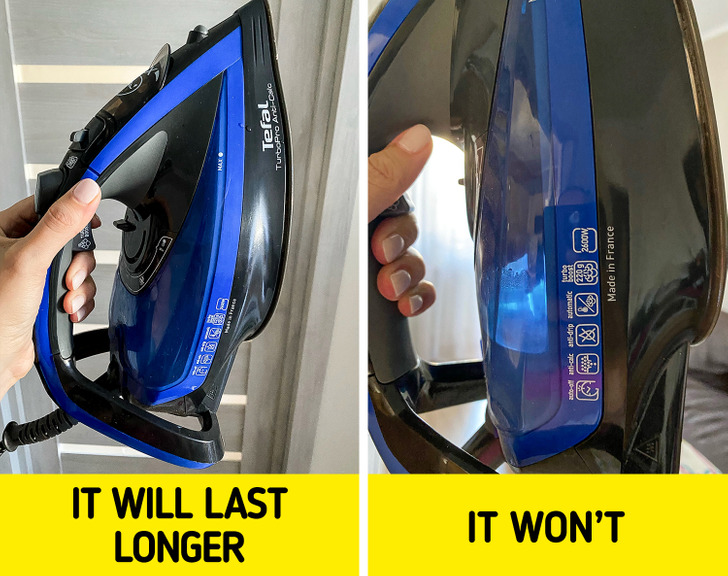
If you take care of your iron properly, you can significantly extend its life span. You just need to follow a few simple rules. First, it’s recommended to use filtered water — this will stop limescale from building up. Second, and this is something most of us don’t do, it’s a good idea to empty the iron after every use. This way, you will prevent rust from forming inside.
We don’t empty water from the garment steamer.
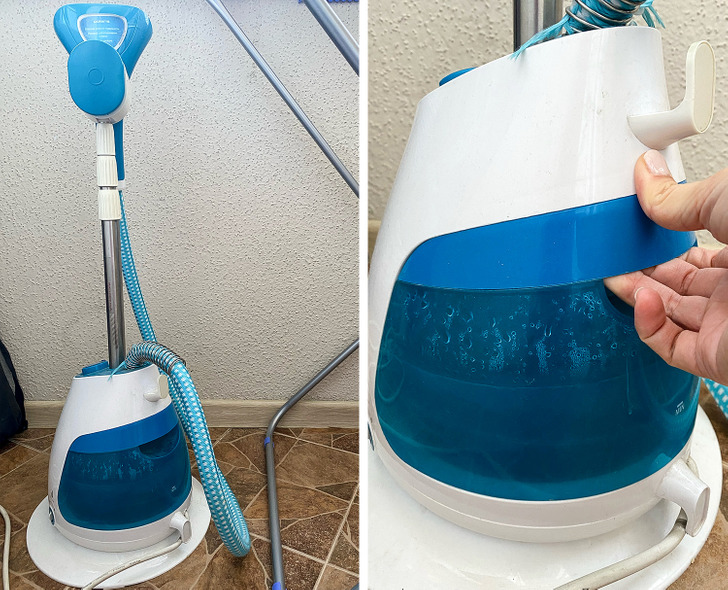
The water tank should be emptied after every use of the steamer. First, drain all of the remaining water and pour in some fresh water. Then shake the steamer a little to remove any remaining scale and drain the water again. If you tend to leave water in the tank, mold may form in there.
We use foil in the oven.
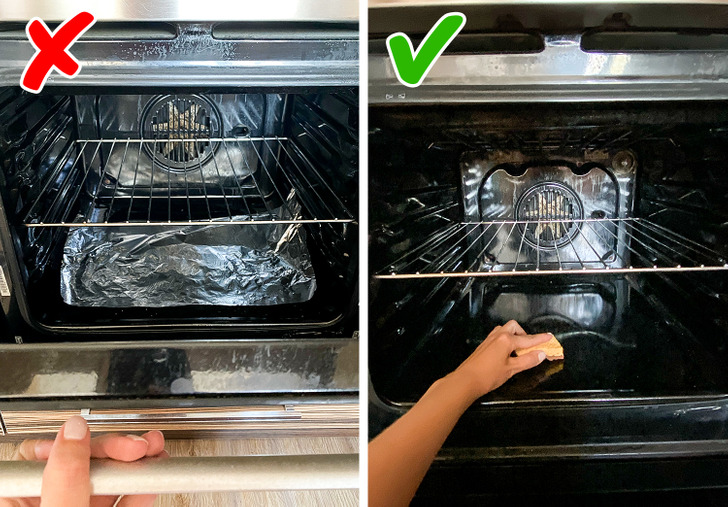
Some of us tend to think that lining the bottom of the oven with aluminum foil is the perfect way to protect it and not have to clean it after every use. But in reality, it can be quite dangerous.
The foil not only reflects heat, which causes food to overheat, but it can also burn out the oven’s heating elements. The foil restricts heat and airflow and may even melt inside the oven. This is why it’s best to clean the oven with a cloth and forget about using aluminum foil.
We don’t descale our coffee machine.
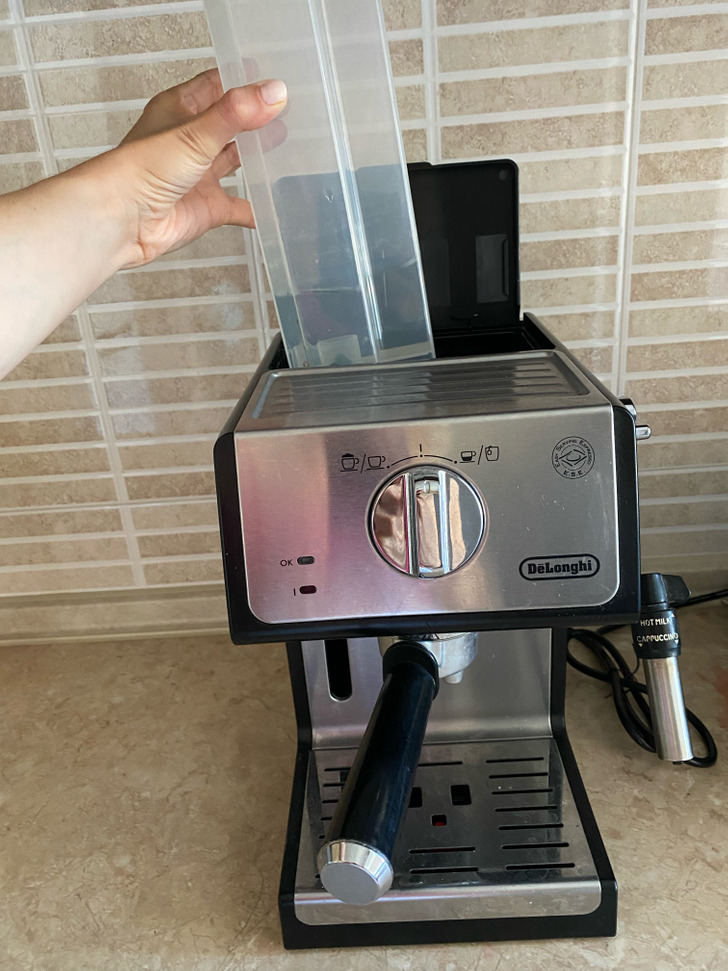
A coffee machine, like any other kitchen gadget, also needs constant maintenance. Regardless of the brand and model, this device requires cleaning every couple of months. It’s necessary to descale it, and remove oil and coffee residues. This is even more important in hard water areas.
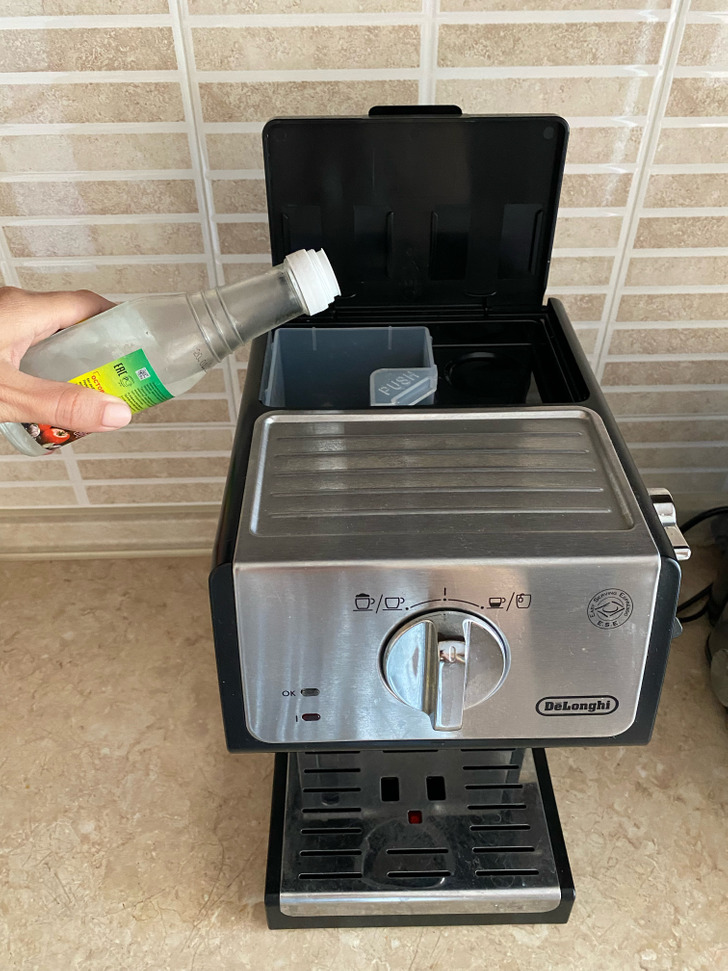
If you don’t clean it regularly, your machine can get damaged, and it can even affect the taste of your coffee. The cleaning can be performed with the help of one of these agents of your choice: citric acid, white vinegar, or a commercial descaling product. However, it’s important to remember that vinegar and citric acid must be diluted with water at the ratio indicated on the label.
We open the door while the microwave is running.
Despite the fact that most microwaves have an “off” button, many of us never use it. Instead, we just open the door while the microwave is still running, and this can cause damage to your device. When we do this, we interrupt the power circuit and interfere with the correct operation of the entire system.
We put containers that are too heavy into the microwave.
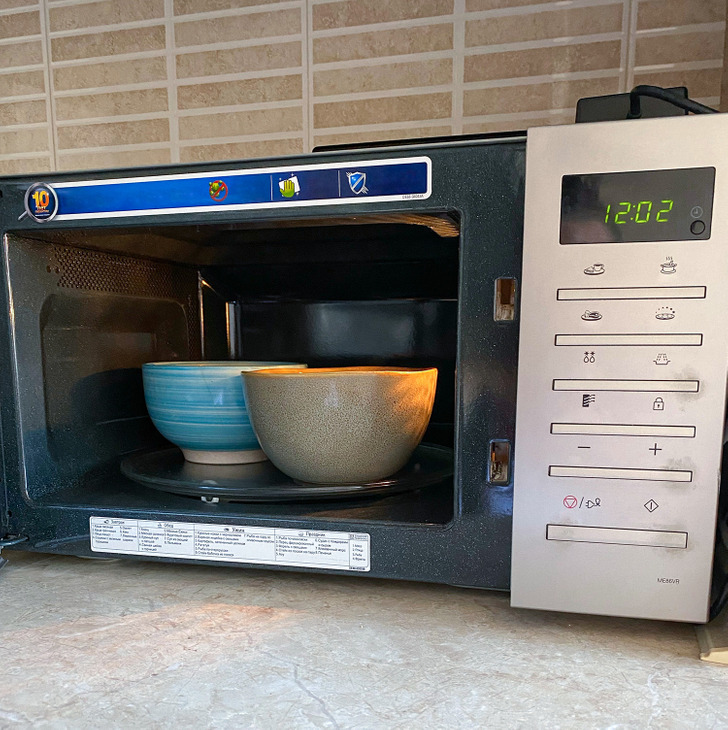
This is another mistake we tend to make when using the microwave. Very few people read the manual and know the weight limitation for the microwave turntable. But this limitation does exist, and putting something heavier on the turntable can lead to problems.
We don’t wash the blender right after we use it.
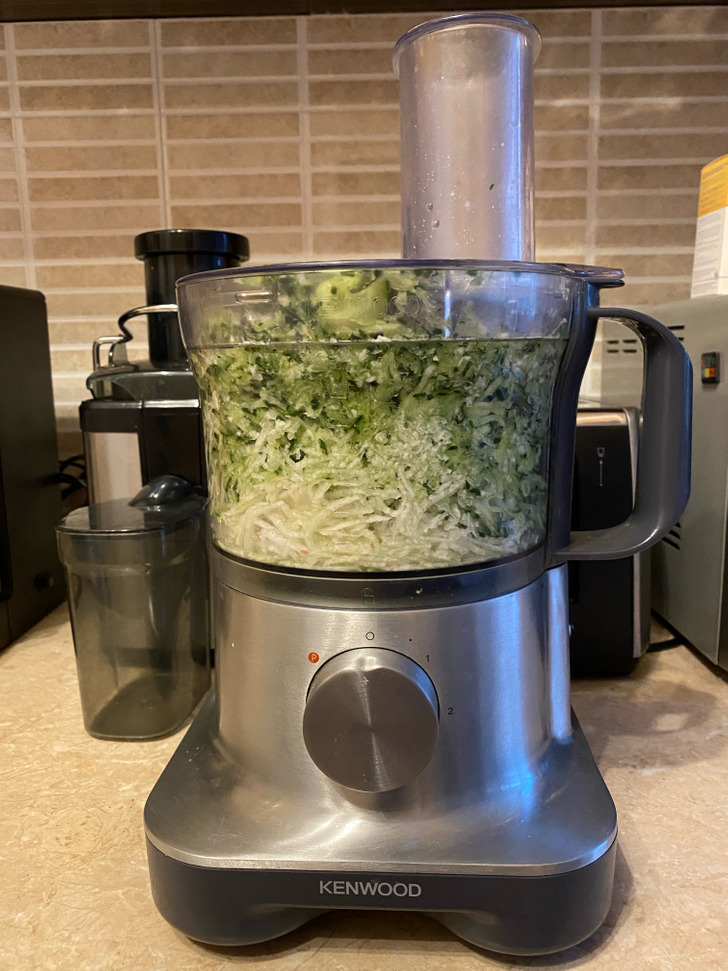
If you have a food processor, a juicer, or a hand-held blender, then you know how difficult it can be to clean them. However, not washing these devices right after you use them is a bad idea because food particles can get stuck in hard-to-reach places.
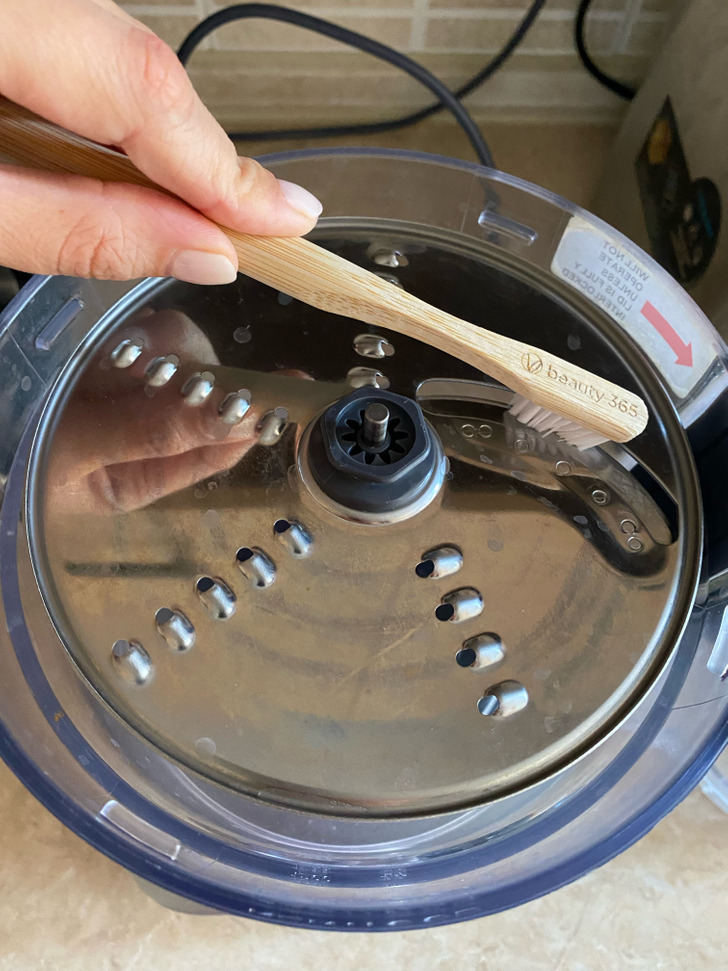
Over time, this can damage the blender’s mechanisms and dull the blades, and the appliance can become a breeding ground for bacteria. Once you’re done blending, simply soak the bowl in warm water. You can also use an old toothbrush to clean hard-to-reach areas.
We shake the toaster up to remove crumbs.
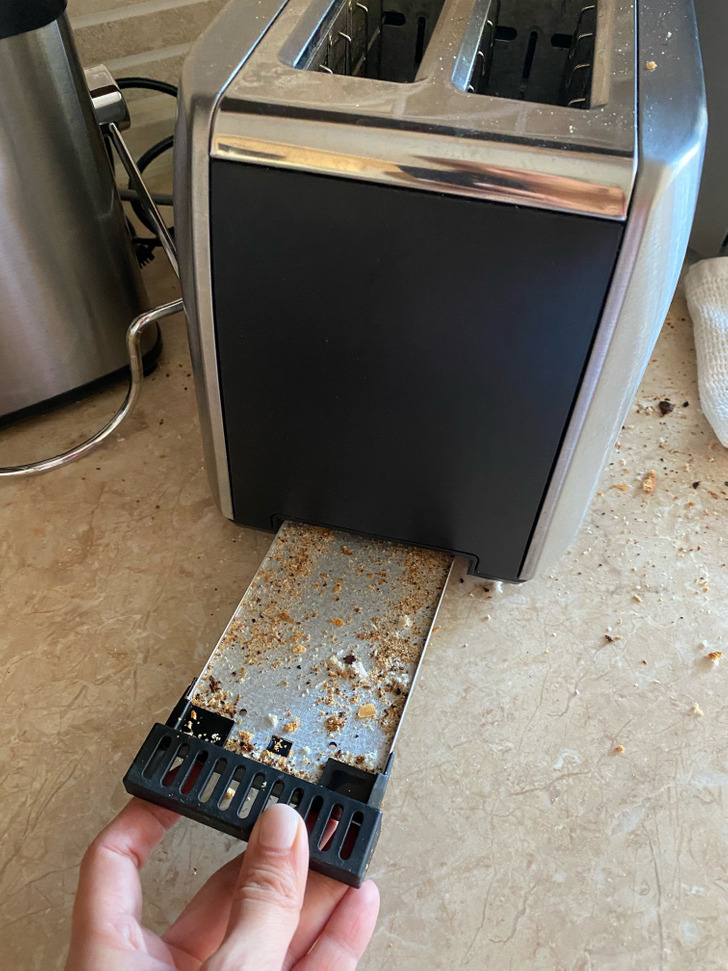
Crumbs inevitably accumulate inside the toaster after each use. And their excess not only affects the efficiency of the device, but can also lead to fire. Therefore, you should unplug the toaster and remove crumbs every time you use the toaster. And at the same time, don’t forget to pull out the tray where most crumbs accumulate.
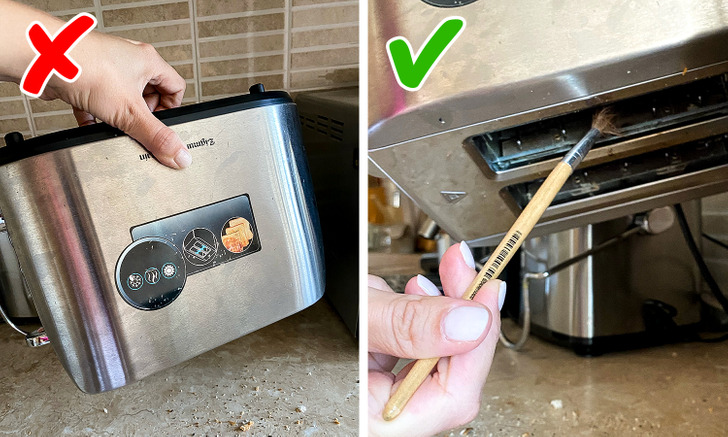
However, many of us just turn the device upside down and start shaking it violently. And this is a mistake. This approach will only make things worse because crumbs can get stuck in the heating elements.
It’s best to clean the toaster in 2 stages: let it cool, gently turn it over, shake it slightly so that the main part of the crumbs falls out, and then take a pastry brush or a paintbrush and brush out the remaining crumbs from the inside.
We don’t use the settings on the toaster.
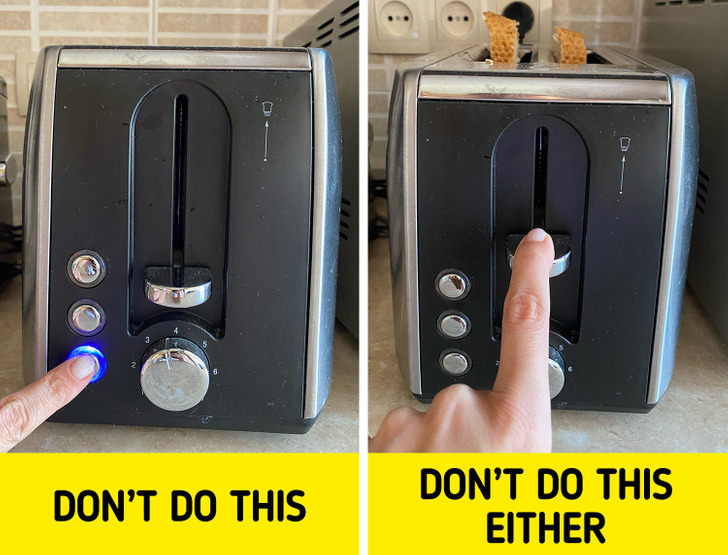
This is another common mistake people tend to make when using the toaster. After a short period of time, we push the cancel button to pop the toast and check the progress. Of course, the toast isn’t ready yet, so we push the lever again to give the toast a little more time and just forget about it. By the time the second cycle comes to its natural conclusion, the toast is burned.
The best way to avoid this scenario is to learn the toaster settings, use them correctly, and let your device do its job in peace.
We don’t replace hood filters in due time.
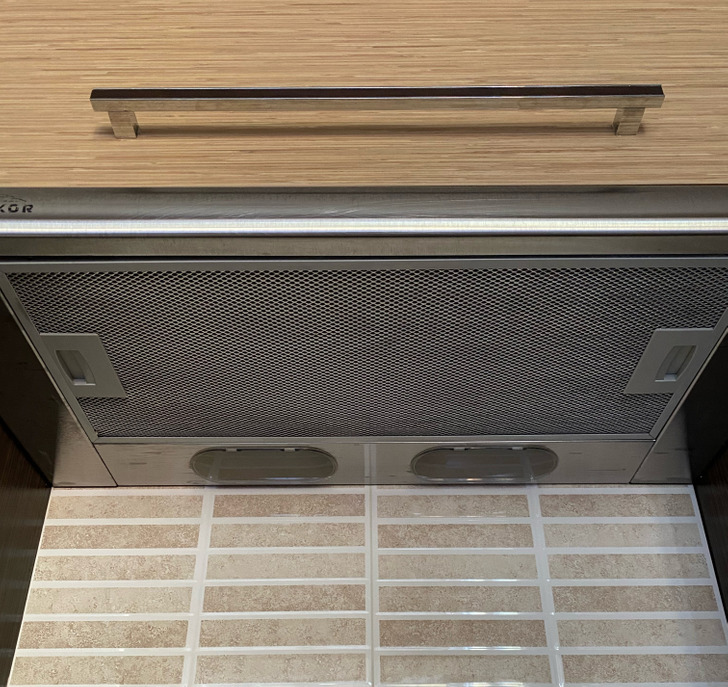
Often, we forget to replace the hood filters in a timely manner. And they are designed to absorb excess steam and prevent grease and food particles from clogging the vent, which helps us keep the kitchen clean and free of unpleasant odors.
Depending on the hood model and usage frequency, the filters should be replaced every 6 to 8 months. The more grease and heat the hood is exposed to, the more often the filters should be replaced.
We put hot food in the fridge.
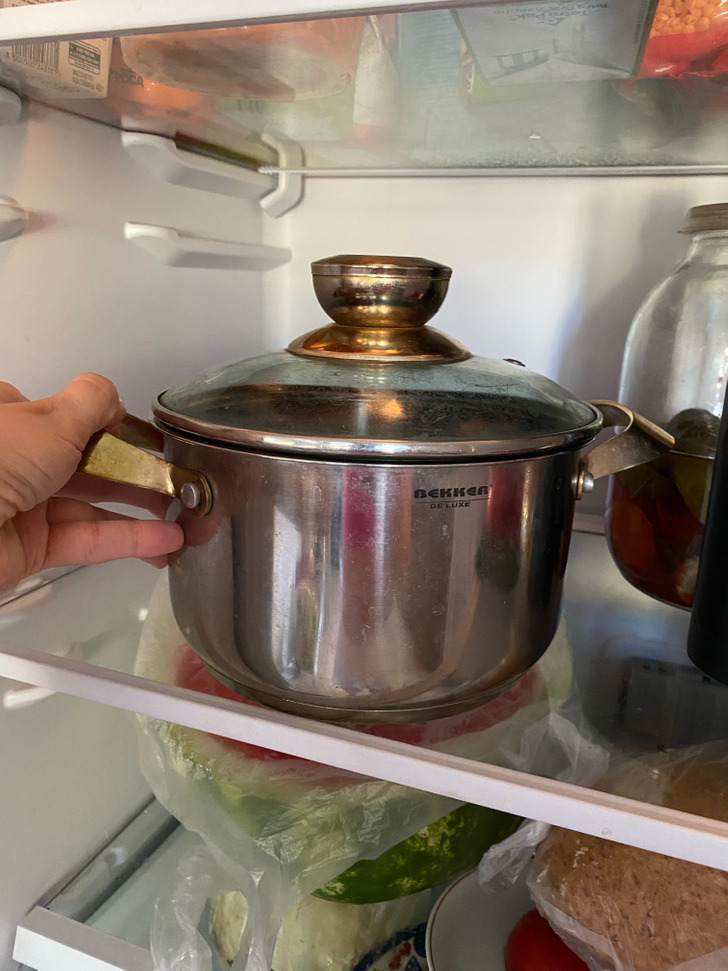
Surely, no one would think of putting a freshly cooked stew into the fridge, but there are many of us who put dishes in there that haven’t yet cooled down completely. This causes the temperature inside the fridge to rise and, therefore, requires more energy and electricity to perform its function. Thus, our electricity bills increase. Besides, hot food can raise the temperature inside the fridge, which can affect other foods already in there.
We rinse dishes before placing them in the dishwasher.
We tend to make mistakes when using the dishwasher too. For example, we can rinse dirty dishes before putting them into the dishwasher. The fact is that most dishwashers have sensors that detect how dirty the dishes are and adjust the water jet to the right level. So if you pre-rinse your dishes, you may actually “fool” your dishwasher into thinking you only need a light wash.
We don’t use a rinse aid.
A dishwasher has a rinse aid compartment, just like a washing machine. But many of us tend to think that using just a cleaning agent is quite enough. However, this is wrong because the ingredients included in a rinse aid are designed to reduce the surface tension of water droplets. Thanks to this, water spends less time lingering on dishes, resulting in dishware with fewer spots, film, and left behind markings.
We run the dishwasher half full.
In a dishwasher, soap cleans everything inside. Soap can be very damaging to dishes, and when your dishwasher is only half full, the soap will target the dishes themselves, not just the food residue. Running a partly full dishwasher is also bad from an environmental point of view because a dishwasher consumes the same amount of water and energy regardless of the number of dishes inside. So, it’s always a good idea to fill up every space that’s available inside your dishwasher.
We don’t clean the filter of the hairdryer.
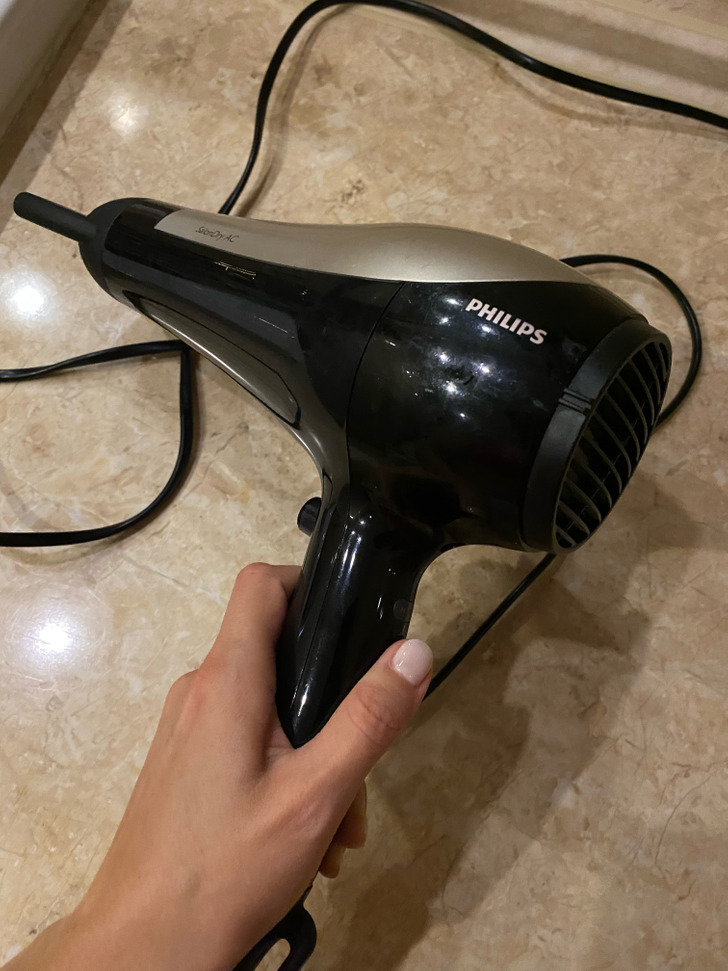
Every hairdryer has a filter vent that protects hair from the heating element inside and blocks any dust from entering the device. When the vent becomes blocked, air will be unable to flow, causing your hairdryer to overheat.
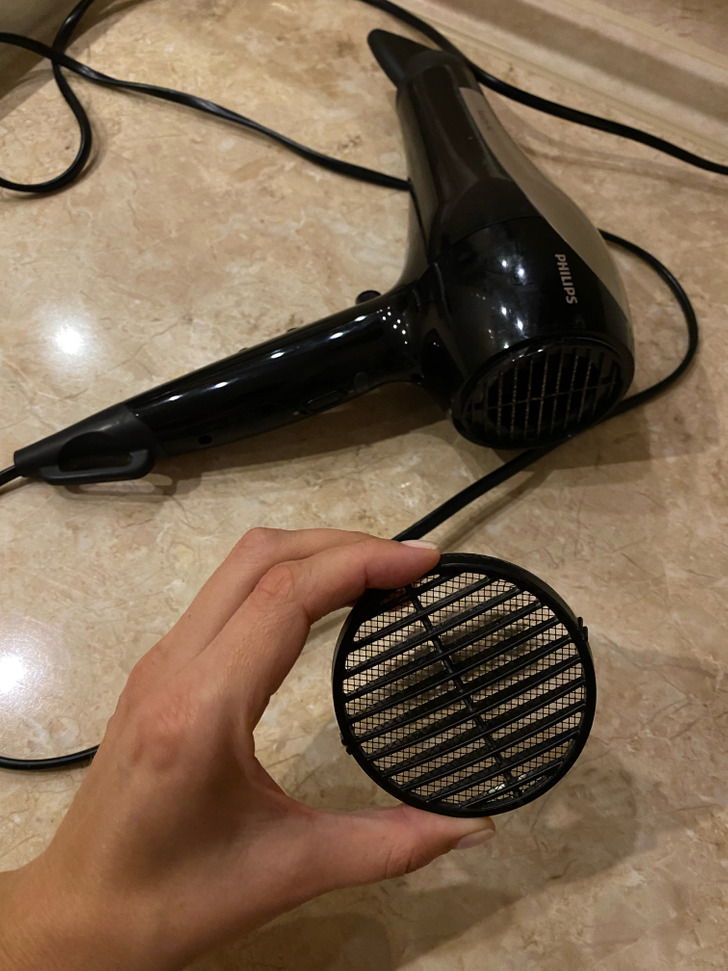
It’s pretty easy to clean a hairdryer. Make sure it’s unplugged and remove the filter from the rear vent. Rinse it under water to remove any dirt and make sure it’s totally dry before putting it back. Depending on how often you dry your hair, clean the filter between once a week to every 3 weeks.
We place an air purifier in the wrong place.
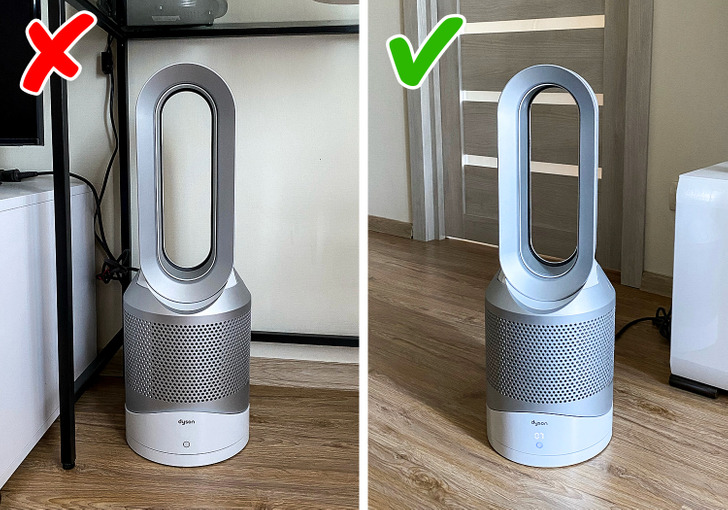
Most people tend to place their purifiers against the wall or in a corner because most air purifiers look ugly and don’t match the room design, and some are pretty hefty as well.
However, air purifiers are meant to be placed well away from walls, and in the case of cylindrical ones, as near to the center of the room as possible. The reason is quite simple. This appliance needs space to take in the air and push it out to the room.
Bonus: How to save energy
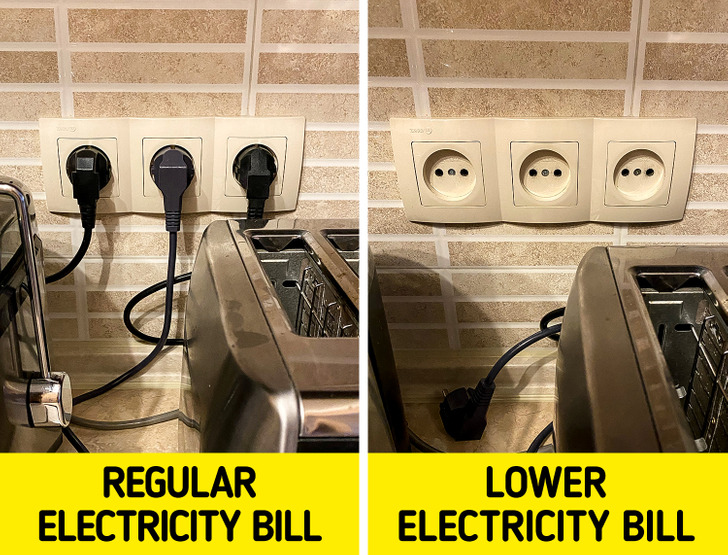
One of our authors conducted an experiment. They unplugged all of their home appliances when they weren’t using them, and their electricity bill at the end of the month was slightly lower than usual.
We rarely unplug the microwave, toaster, or other small kitchen appliances. But doing so after every use can be a good habit. Or you can use power supply filters which will turn everything off with the push of a single button.
Which home appliance mistakes do you usually make? What else would you add to this list? Tell us in the comments below.
Comments
Related Reads
23 People Whose Bosses Will Be Very Angry Tomorrow
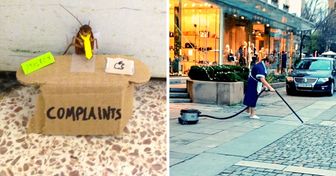
20 Pics That Made Us Curious About What’s Going On in Them

18 People Who Accidentally Ran Into Animals and Were Immediately Awe-Struck

19 Photos That Are More Satisfying Than Diving Into Clean Linens

18 Pics That Show the World Is Full of Special Things, and You Can Find Them Everywhere
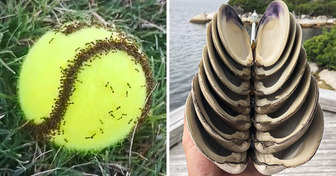
15 Things That Used to Be Completely Different
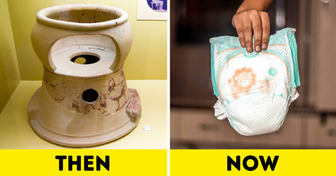
“Screams Desperation,” Nicole Kidman, 56, Stuns in a Risqué Dress, But People Say It’s Not Age-Appropriate

16 People Who Couldn’t Believe Their Eyes With Their Findings
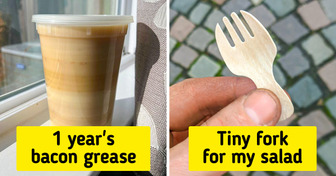
Zac Efron’s Appearance a Few Days Ago Leaves Fans Shocked and Worried

10+ Times People Accidentally Screwed Up, and It Was Dramatic

10+ Instances of Child Logic That Will Strike You Speechless

Miley Cyrus Causes a Stir by “Leaving Nothing to the Imagination” as She Wears an Extremely Revealing Dress

